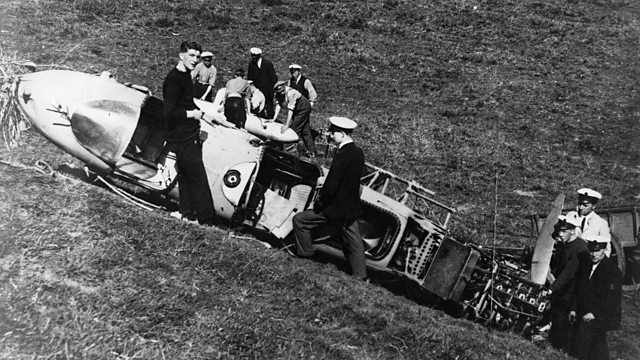Upton, Dorset: Airships & Airstations
Flying at 5,000ft above sea level, airships could see out up to 90 miles on a clear day.
The airship was in fact one of the most effective counter-measures against the submarine. British airships were to prove a formidable deterrent to the U-boat while performing reconnaissance, patrolling, mine-hunting and convoy escort duties. They were responsible for driving the U-boats underwater and out of harm鈥檚 way.
If you mention airships during the Great War, most people could say the Zeppelin as an example, given their part in that war鈥檚 version of the Blitz. But when the war broke out in August 1914, Britain itself had very few military airships. What we did have was just a handful of non-rigid and semi-rigid experimental airships, with just 195 airship personnel.
Whilst Germany had invested time, money and faith in airship development, the British Army had actually abandoned its own airship development in favour of aeroplanes by the start of the Great War, but the Royal Navy had recognized the need for these small airships to counteract the submarine and mine threat in coastal waters.
By 1917, Dorset was playing a very active part in tackling the U-boat menace in the channel with its patrols of the Zero airship, which could remain airborne for 10 hours. The airship鈥檚 gunner doubled-up as wireless operator, calling and directing warships from Portland, Portsmouth or Plymouth to drop depth charges.
Location: Upton, BH16 5JS
Image: Courtesy of the National Museum of the Royal Navy
Duration:
This clip is from
Featured in...
![]()
大象传媒 Radio Solent—World War One At Home
Places around the Solent that tell a story of World War One
More clips from World War One At Home
-
![]()
The loss of HMY Iolaire
Duration: 18:52
-
![]()
Scotland, Slamannan and the Argylls
Duration: 07:55
-
![]()
Scotland Museum of Edinburgh mourning dress
Duration: 06:17
-
![]()
Scotland Montrose 'GI Brides'
Duration: 06:41







